
‘Afraid of the water’? Life in a city that dumps billions of litres of raw sewage into lakes and rivers
10 billion litres of sewage are dumped into Winnipeg’s lakes and rivers each year. Some...
There are no gray whales in the Atlantic Ocean anymore. The island marble butterfly and Pacific pond turtle have disappeared from B.C. And, in Ontario, the paddlefish and timber rattlesnake are locally extinct. Wetlands have been drained, grasslands destroyed and old-growth forests systematically cleared.
It’s a global problem and it’s getting worse. And, yet there are solutions. What’s not clear is whether we come together to act in time. Delegates from countries around the world are now converging on Montreal to hash out the final details of what could be a landmark agreement to save biodiversity.
There is a lot at stake: biodiversity is all living things, the genetic diversity within species and the variety of ecosystems found on Earth. For better or worse, humans are part of it.
A weak agreement could see a continued erosion of nature, creating a dire situation for close to one million species already at risk of extinction and threatening our ability to combat human-caused climate change. A strong agreement, backed up with funding and monitoring mechanisms, could set the stage for renewed efforts to protect nature.
Here’s what you need to know amid COP15, the United Nations’ biodiversity conference in Montreal.
In a word? Bad.
A 2019 global assessment warned biodiversity is declining with unprecedented speed as humans destroy habitats, hunt and fish to excess and pump greenhouse gasses into the atmosphere, wreaking havoc on the Earth’s climate.
“The essential, interconnected web of life on Earth is getting smaller and increasingly frayed,” assessment Co-Chair Josef Settele said in a statement.
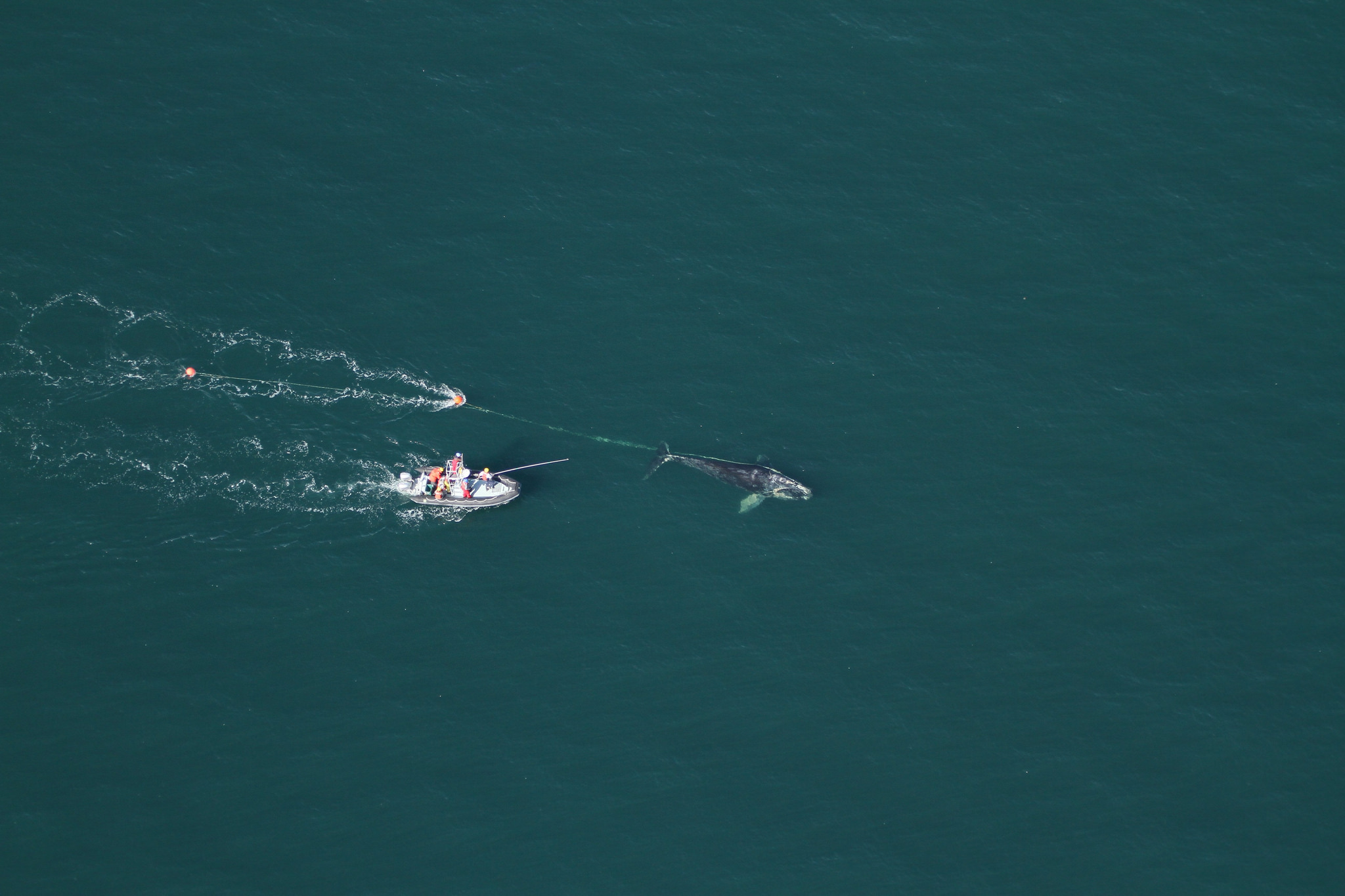
Scientists say the sixth mass extinction in Earth’s history has already started. The last one took out the dinosaurs. If this one continues unabated it will be remembered as the first caused by an animal — us.
Of course, it’s not just plants and animals and microorganisms we’re risking here. Though nature has inherent value, it’s also vital for people. As it declines, it threatens our own health, livelihoods and very existence.
It’s a gloomy picture, but there is still hope. The global assessment said there is still time to turn things around with “transformative” change at every level.
There are a lot of numbered COPs out there, so it’s easy to lose track. So far this year, there’s been the climate COP27, the wetlands COP14 and soon the biodiversity COP15.
COP stands for Conference of the Parties. These are global meetings where signatories to various international agreements get together to make decisions about how those treaties are implemented.
The COP about to take place in Montreal — from Dec. 7-19 — is the fifteenth Conference of the Parties to the Convention on Biological Diversity. It’s an international treaty to ensure biodiversity is conserved and used sustainably, and that any benefits are shared equitably.
In the lead up to COP15, which was delayed due to the COVID-19 pandemic, the parties have been working on a new plan to tackle the biodiversity crisis.
It’s called the post-2020 global biodiversity framework and it could see the 196 countries at the conference committing to reverse biodiversity loss by 2030.
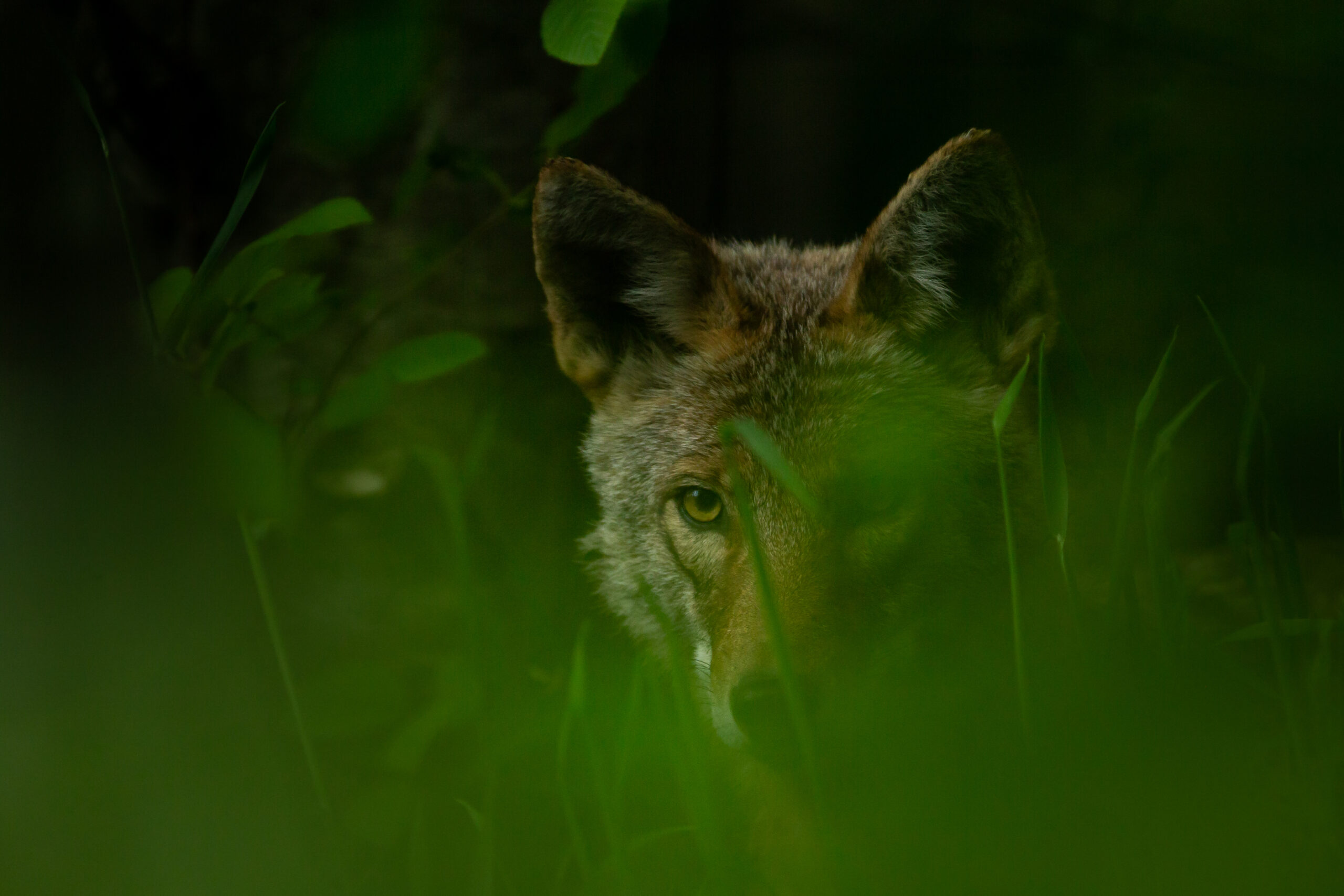
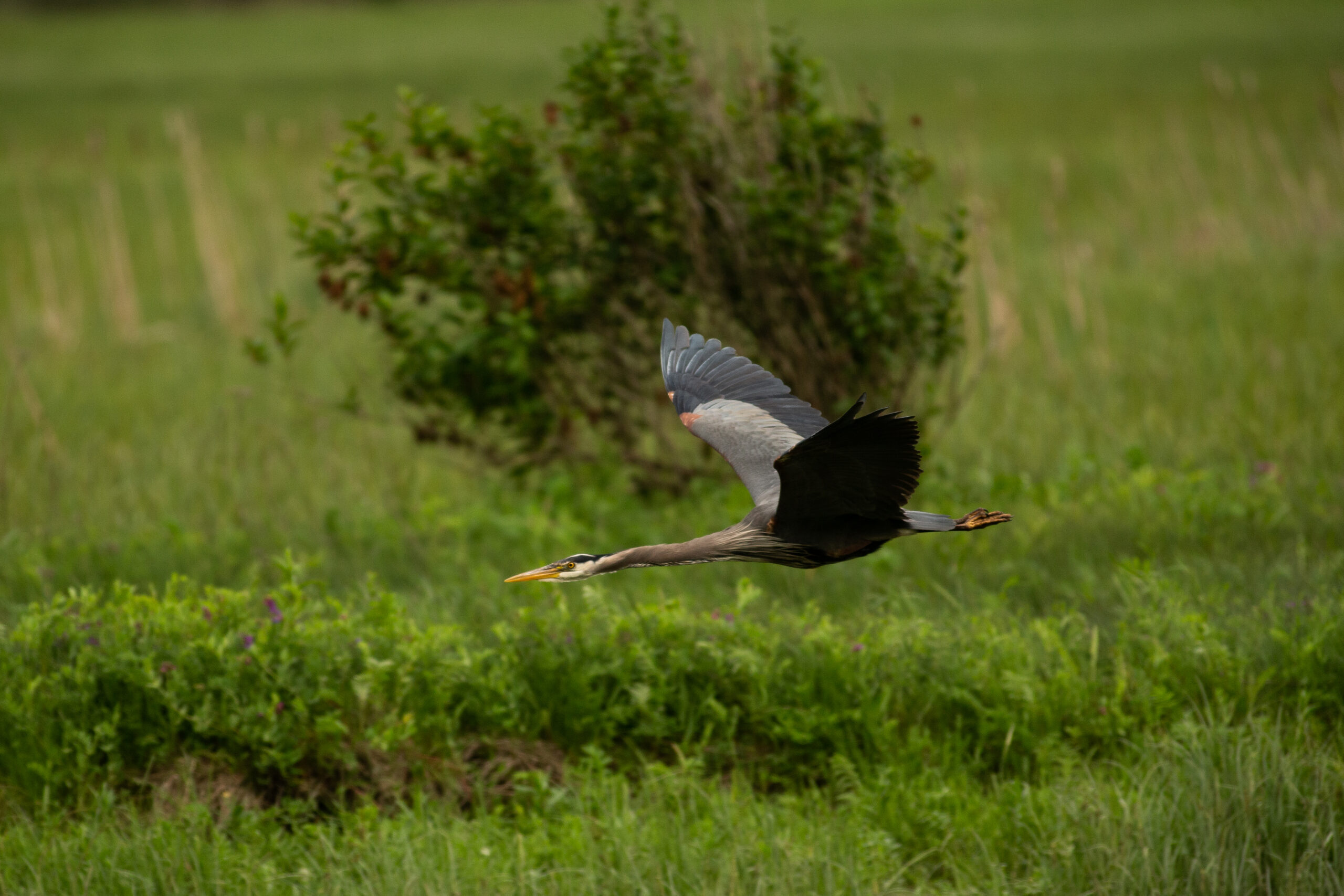
The unfinished framework includes draft targets to eliminate subsidies harmful to nature, increase conserved areas, ensure effective management of land and waters that respects and safeguards the rights of Indigenous Peoples and local communities and recover and conserve species at risk of extinction.
Reuters reported that Prime Minister Justin Trudeau is planning to attend the conference, but most heads of state are not expected to be there and some fear that could undermine ambition.
Still, there is hope that COP15 could be nature’s “Paris moment,” a reference to the landmark Paris Agreement on climate change reached in 2015.
About 80,000 species, from minute bacteria and viruses to grizzly bears and blue whales, are known in Canada.
Currently, 685 of them are listed under the federal Species at Risk Act as either locally extinct, endangered, threatened or of special concern. Many more are at some degree of risk across Canada, but not yet afforded special protection under the act.
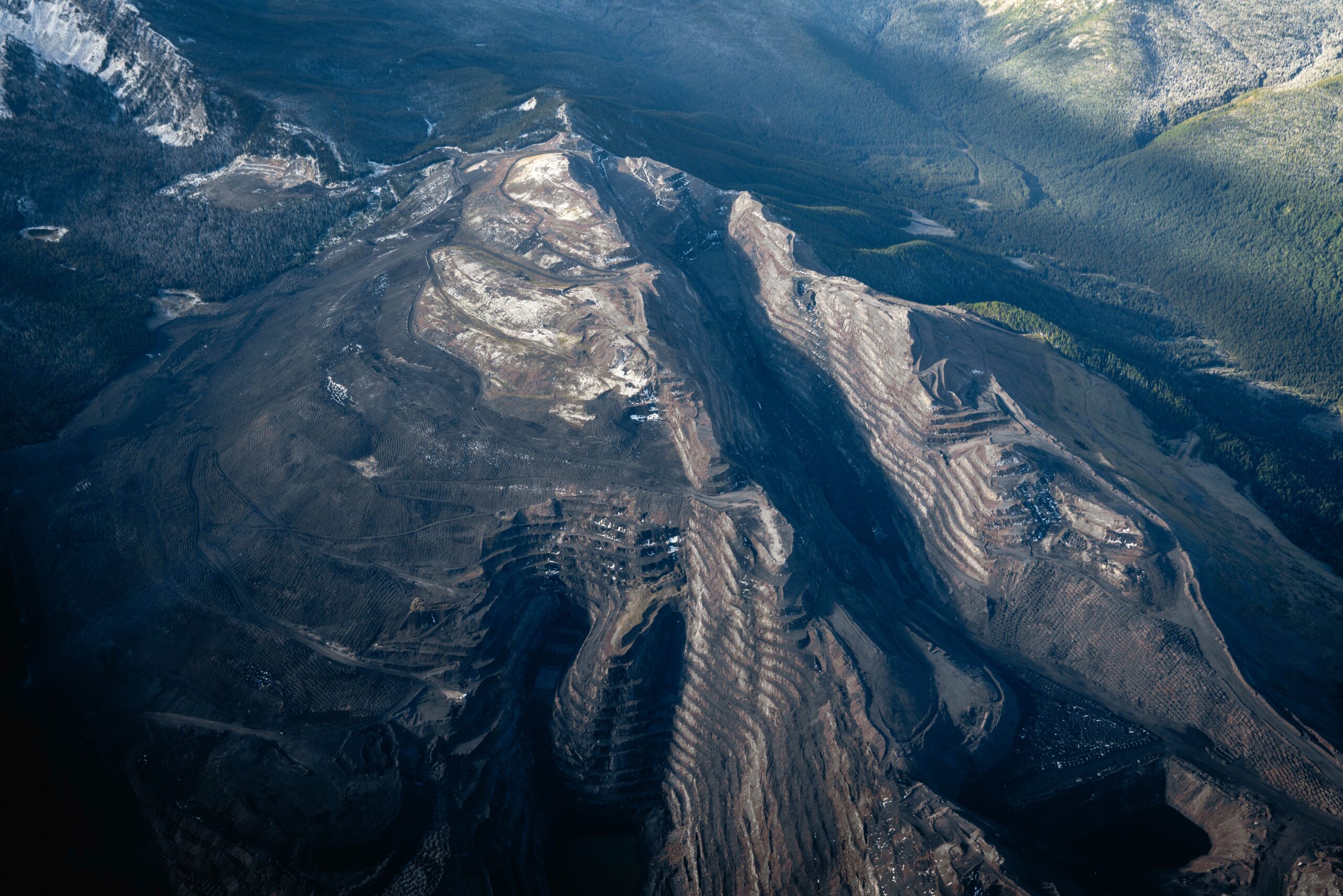

Biodiversity loss is taking a toll on communities across Canada. Drastic declines in salmon and caribou, for instance, have impacted First Nations’ food security and cultural practices.
The federal government has promised action to save nature. Canada, alongside other G7 nations, committed to reversing biodiversity loss by 2030. The government also set interim conservation targets to protect 25 per cent of land and waters by 2025. And, last year, the government allocated $4.1 billion to protect nature — including $340 million for Indigenous-led conservation.
In Canada and elsewhere, there is a long history of harmful colonial conservation practices. Colonial governments forcibly removed Indigenous Peoples from their lands, made it illegal to harvest traditional foods and medicines and prevented them from using long-standing stewardship practices to care for lands, water and wildlife.
Today, there is growing recognition from some of those same governments — as well as the international conservation movement — of the important stewardship work Indigenous Peoples have undertaken for millennia.
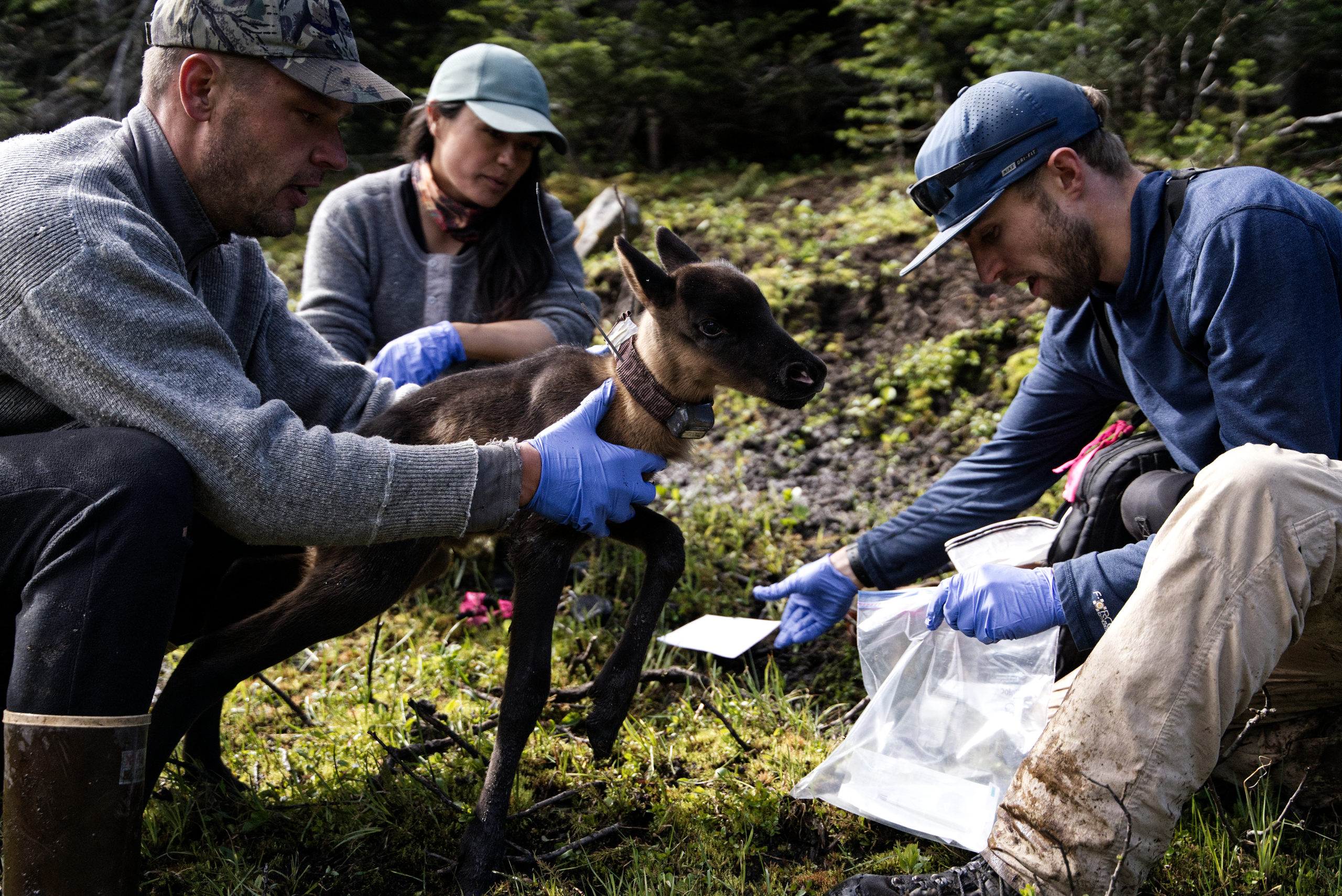
“When Indigenous Peoples are holding the pen, the rate of conservation is usually much higher,” Valérie Courtois, director of the Indigenous Leadership Initiative, which supports Indigenous-led conservation, told The Narwhal.
Globally, 80 per cent of the Earth’s remaining biodiversity can be found on Indigenous lands.
In Canada, First Nations, Métis and Inuit communities are leading conservation efforts through the establishment of Indigenous Protected and Conserved Areas. Indigneous protected areas have multiple benefits, from advancing reconciliation and ensuring Indigenous communities have greater influence over the future of their lands, to conserving biodiversity and helping Canada fulfill international commitments.
Courtois said Indigenous Peoples bring the notion of responsibility to the table.
“Very simply, for example, we have a right to feed ourselves, to hunt, but if we hunt to extinction then we’ll no longer be able to feed ourselves,” she said.
At the same, she said, Indigenous Peoples bring a focus on collective interests.
“Because our rights are collective rights, I’m responsible for my grandchildren’s ability to survive in this landscape as much as I am responsible for my own,” she said. “Bringing that to the table just changes the dynamics of the conversation and it’s no longer just about maximizing exploitation for the moment.”
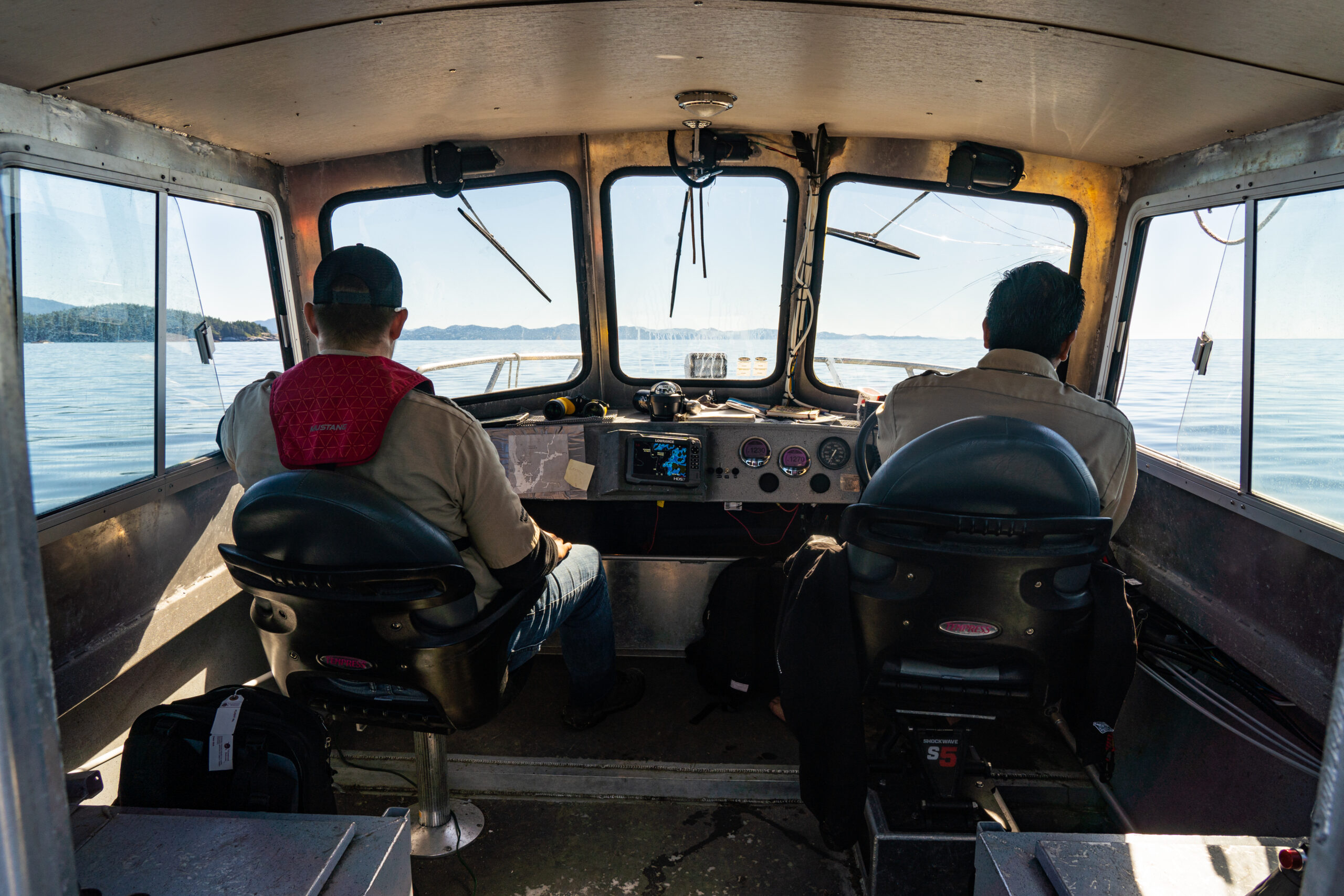
In September, Trudeau said at a pre-COP15 event in New York that “if we do not involve Indigenous Peoples every step of the way in fighting for protection of our planet and biodiversity we’re not going to get there,” he said.
Yet most federal conservation funding is directed to federal departments and provincial and territorial governments. Moving forward, Courtois said more financial support must be directed to Indigenous Peoples to enable stewardship work.
China holds the COP15 presidency and was initially set to host the conference. The country’s strict COVID-19 policies resulted in the conference being moved to Montreal, where the Secretariat of the Convention on Biological Diversity is based.
More than 10,000 international delegates are registered for the meetings, according to the secretariat. As Montreal prepares to welcome thousands to the city, residents have been warned to expect a heavy police presence and transit detours.
Trudeau has acknowledged the important role of Canada — the second largest country in the world — in global efforts to protect biodiversity.
In New York, he said: “If Canada and the other largest countries in the world don’t step up hugely, all the smaller countries around who are leading on this charge won’t be enough either.”
Canada and more than 100 other countries have already committed to the ‘30 by 30’ goal to conserve 30 per cent of lands and waters by 2030 under the High Ambition Coalition for Nature and People.
The coalition led by Costa Rica, France and the United Kingdom is pushing for the goal to be formally adopted as part of the new global biodiversity agreement.
But even 30 by 30 is the bare minimum needed to stave off biodiversity loss.
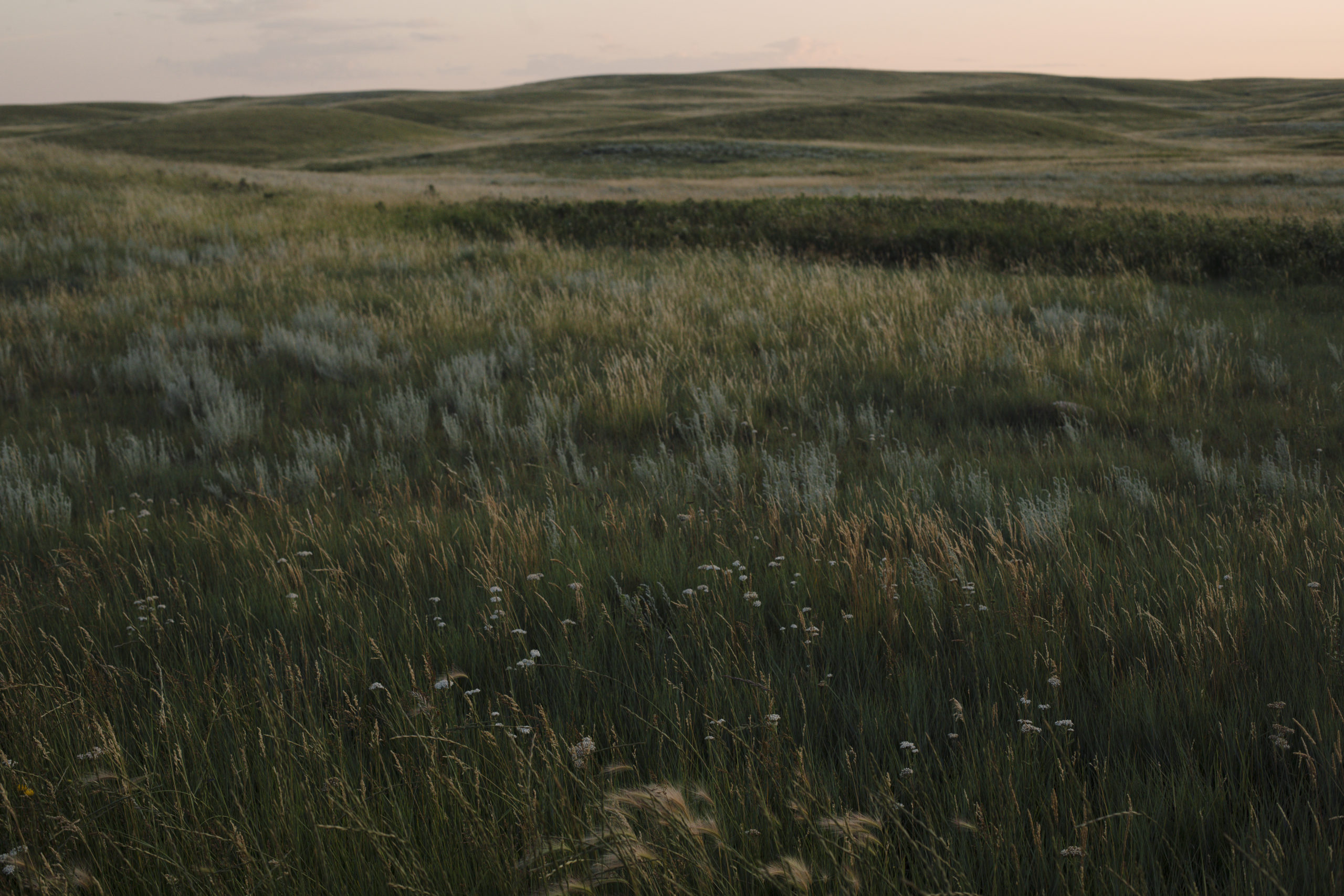

Up to 50 per cent of land and waters may need to be conserved to maintain biodiversity and ecosystem services globally, according to a recent report from the Intergovernmental Panel on Climate Change.
Elizabeth Maruma Mrema, head of biodiversity at the United Nations, said this month the 30 by 30 target will likely be adopted as part of the global framework. She cautioned, though, that agreement on the target will depend on whether negotiators can agree to include safeguards for the rights of Indigenous Peoples and local communities.
“How their rights will be protected, their land rights, their culture, their Traditional Knowledge, their livelihoods, all that … will need to be part of the package of the 30 by 30 [target],” she said at an online media briefing.
Addressing harmful subsidies and dramatically increasing financing to support nature could be among the key sticking points at COP15.
The world spends around $1.8 trillion a year to subsidize activities that harm nature, according to a report from coalitions of business and conservation groups focused on sustainability.
As governments are wrestling those subsidies down, they need to redirect that cash flow to protect biodiversity. Investments in nature-based solutions must at least triple by 2030 to combat climate change, biodiversity loss and desertification, according to the United Nations’ 2021 State of Finance for Nature report.
Right now, most funding for nature-based solutions is spent domestically by the world’s wealthiest countries, according to another United Nations report focused on G20 spending. That calculus needs to change too.
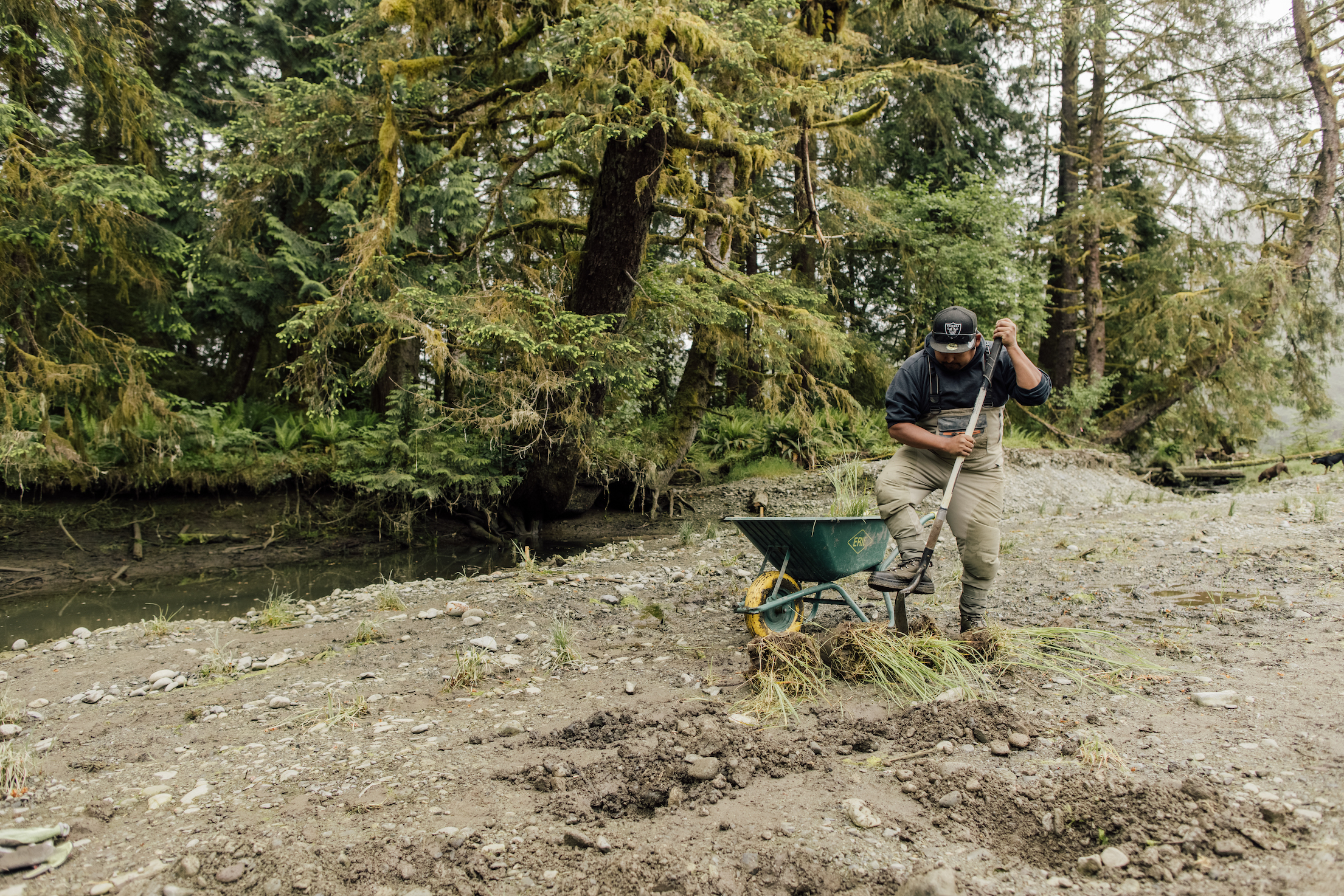
Moving forward, those wealthy countries need to spend more money to conserve nature at home and abroad. Proportionally, most of it needs to go to developing countries, the report said.
How new protected areas are managed will be another important issue at the conference.
Courtois said Canada is poised to be a global leader on Indigenous-led conservation. But significant new funding and innovative financing models are needed to support work on the ground.
Creating new protected areas can’t just be about drawing lines on a map to meet international targets, she said. Systemic change is also required.
“The reason why we’re at a place where we’re having an extinction crisis, where we’re feeling all of these climate impacts, is because we haven’t had a comprehensive look at what our relationship is with those landscapes. And that’s the gift that Indigenous Peoples can offer … a new way of looking at our place in the world.”
Reaching agreement among 196 countries on strong targets is just one hurdle in this race to save biodiversity.
With an agreement in hand, each country will be tasked with ensuring its own laws, policies, practices and budget allocations align with the new biodiversity framework.
Charlotte Dawe, conservation and policy campaigner for the Wilderness Committee, an environmental organization, said governments tend to use international conferences such as COP15 to make “showy speeches” and offer “platitudes about how much they care.”
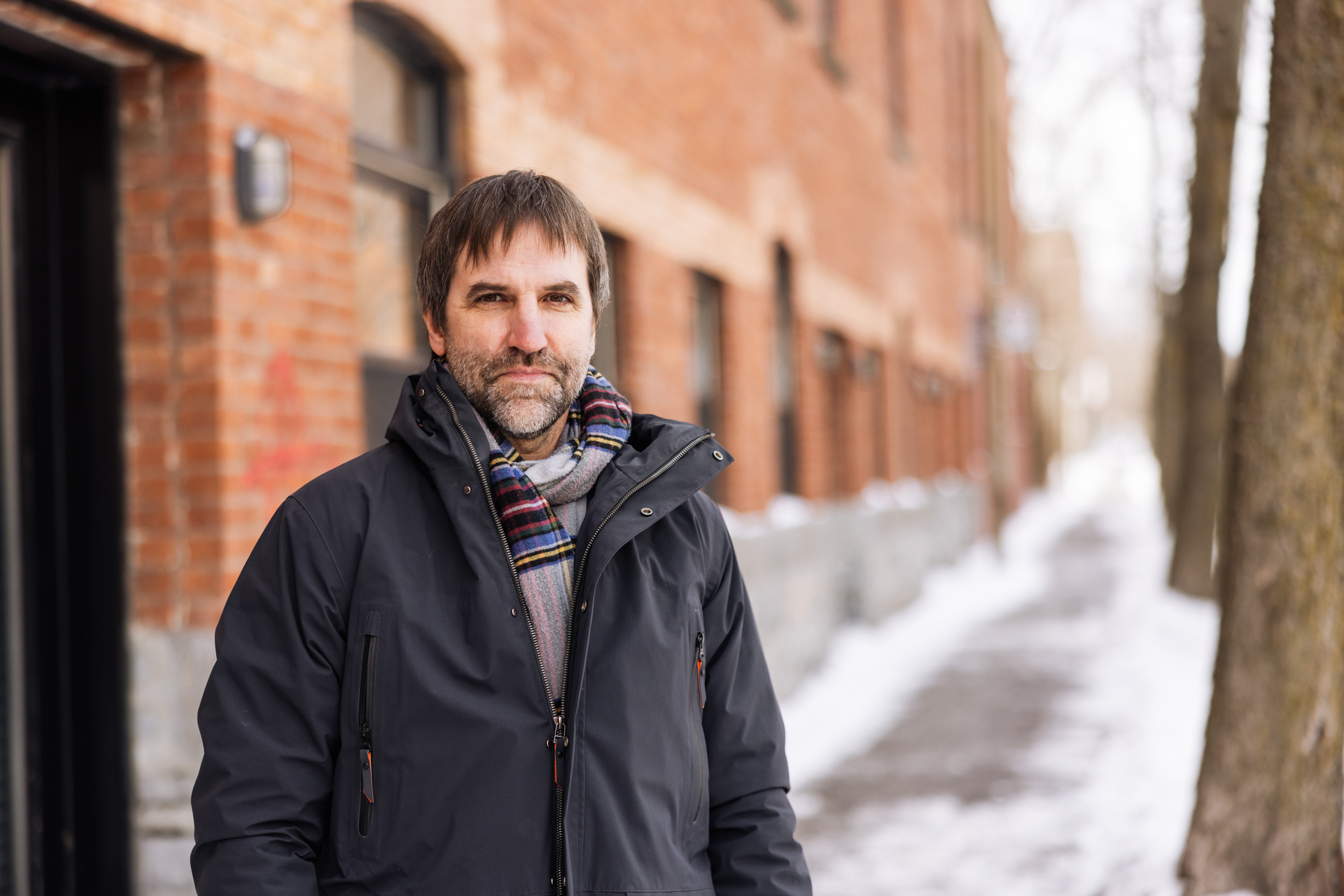
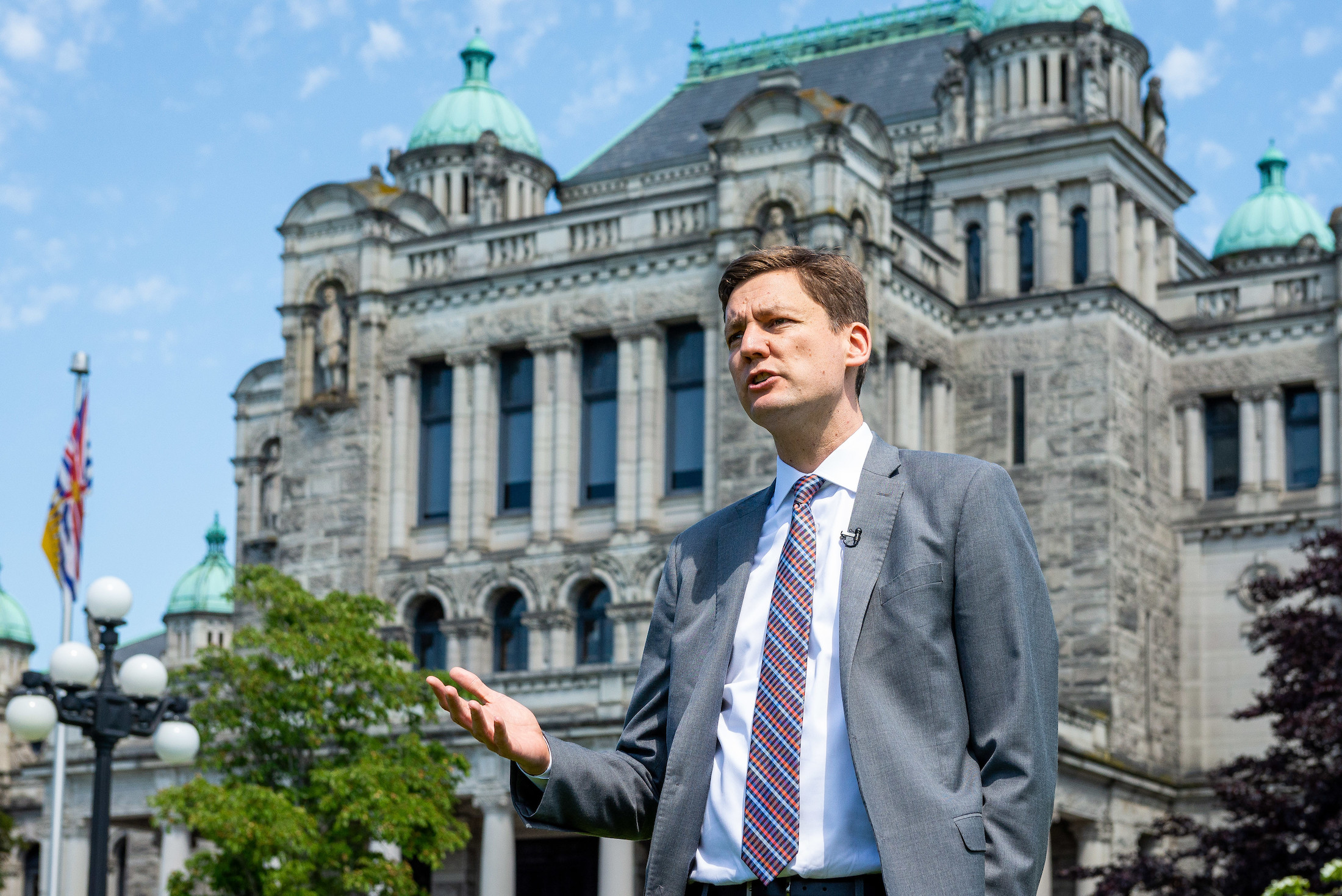
In Canada, where major gaps in legislation have allowed biodiversity to be eroded, more action is needed. But too often, governments fail to implement the necessary changes to live up to their commitments, she said.
Without their buy-in, Ottawa will struggle to meet its international commitments.
Canada’s Species at Risk Act, for instance, only applies automatically on federal lands. The Yukon and four provinces, including B.C., do not have stand-alone laws to protect at-risk species.
“If we don’t change the legal framework in Canada, these goals can’t be achieved,” Dawe told The Narwhal.
B.C. — home to the most at-risk species in the country — relies on a piecemeal approach that fails to protect nature and leaves species and ecosystems vulnerable to harm, according to a new report commissioned by the Wilderness Committee and Sierra Club BC.
The groups are calling for B.C. to develop overarching biodiversity legislation in partnership with First Nations.
Without such changes, Dawe said Canada’s goal to reverse the loss of biodiversity by the end of this decade will be “absolutely unattainable.”
At the last major conference in 2010, countries agreed to the Aichi Biodiversity Targets to tackle biodiversity loss. By 2020, the parties aimed to cut the rate of habitat loss by at least one-half, ensure all fish stocks are managed sustainably and to conserve 17 per cent of land and inland waters and 10 per cent of oceans.
Canada doesn’t have a great track record of meeting its international environmental commitments, but the country did protect more than 10 per cent of marine areas by 2020.
There was less progress on land. By the end of 2021, 13.5 per cent of land and freshwater were conserved — still short of the 2020 goal.
Globally, none of the Aichi targets were fully achieved.
The climate and biodiversity crises are intricately connected and that’s starting to be recognized.
Even if the world is able to keep global warming to 1.5 or 2 C, most species on land will see their ranges shrink, increasing extinction risks, according to the UN’s 2019 Global Assessment Report on Biodiversity.
Each degree of warming puts life on Earth in greater peril. An estimated five per cent of the world’s species would be at risk of climate-related extinction at 2 C, the report says. Sixteen per cent could be lost if the Earth warms to 4.3 C.
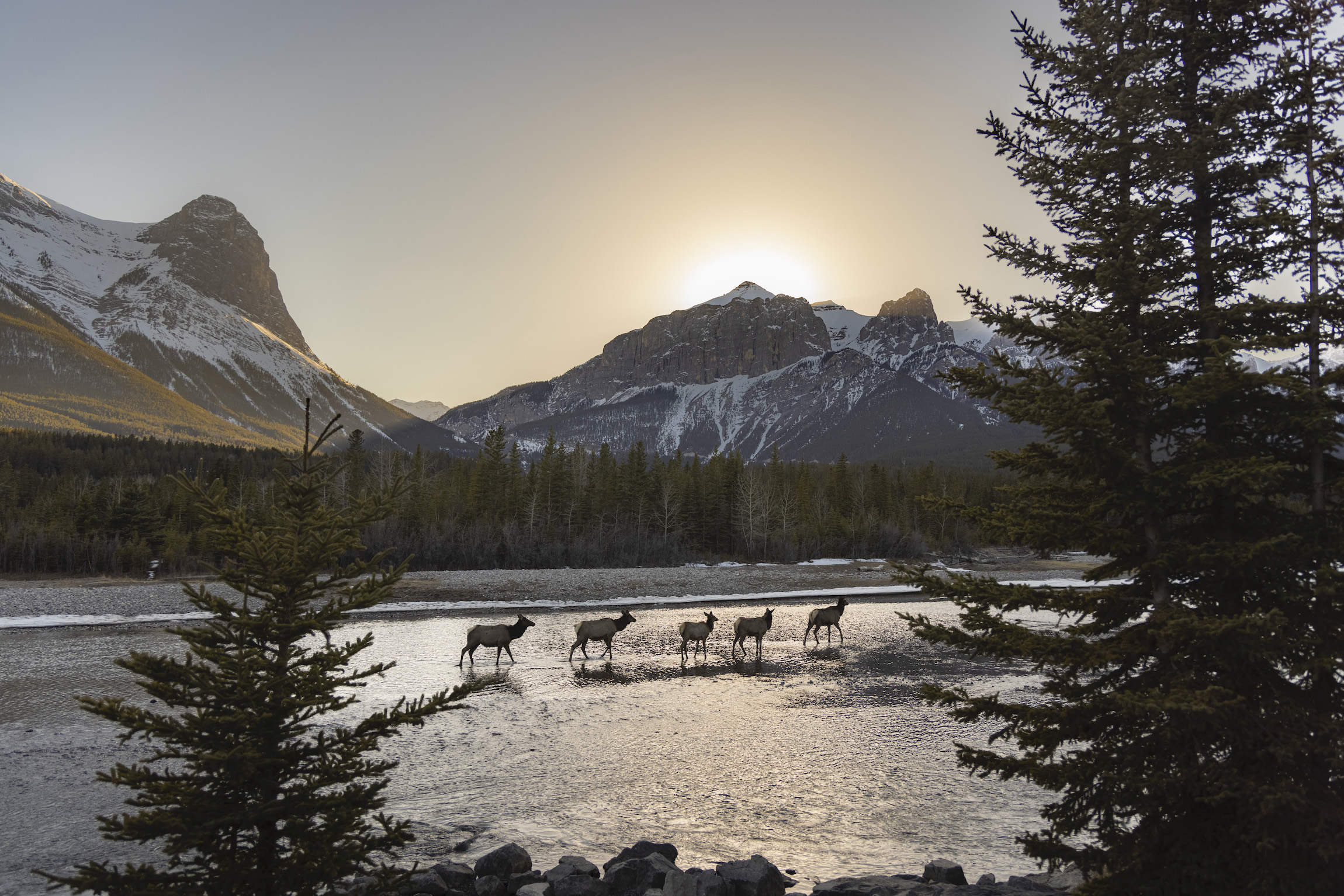
At the same time, old growth forests, tidal marshes, wetlands and other ecosystems store massive amounts of carbon. When these areas are destroyed, so is their ability to help fight climate change.
It’s a vicious circle. Climate change threatens biodiversity and as biodiversity declines climate change gets worse.
The light at the end of this pretty scary tunnel is decision makers are finally seeing the links. We saw that at the climate COP27 where there was a day dedicated to biodiversity and we’ll see it again at the biodiversity COP15 where nature’s role in combatting climate change is likely to be recognized in the new framework.
Get the inside scoop on The Narwhal’s environment and climate reporting by signing up for our free newsletter. On a warm September evening nearly 15...
Continue reading
10 billion litres of sewage are dumped into Winnipeg’s lakes and rivers each year. Some...

Court sides with Xatśūll First Nation, temporarily halting Mount Polley mine waste expansion

Break out the champagne: Emma’s storied life and leadership in journalism has earned her the...
